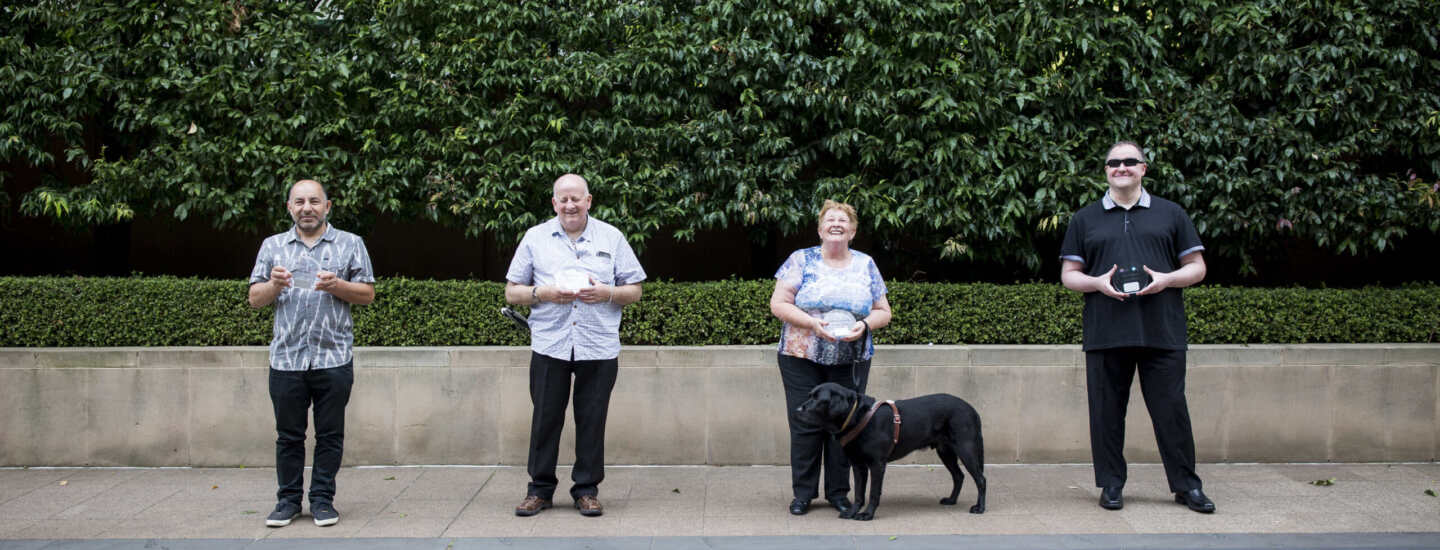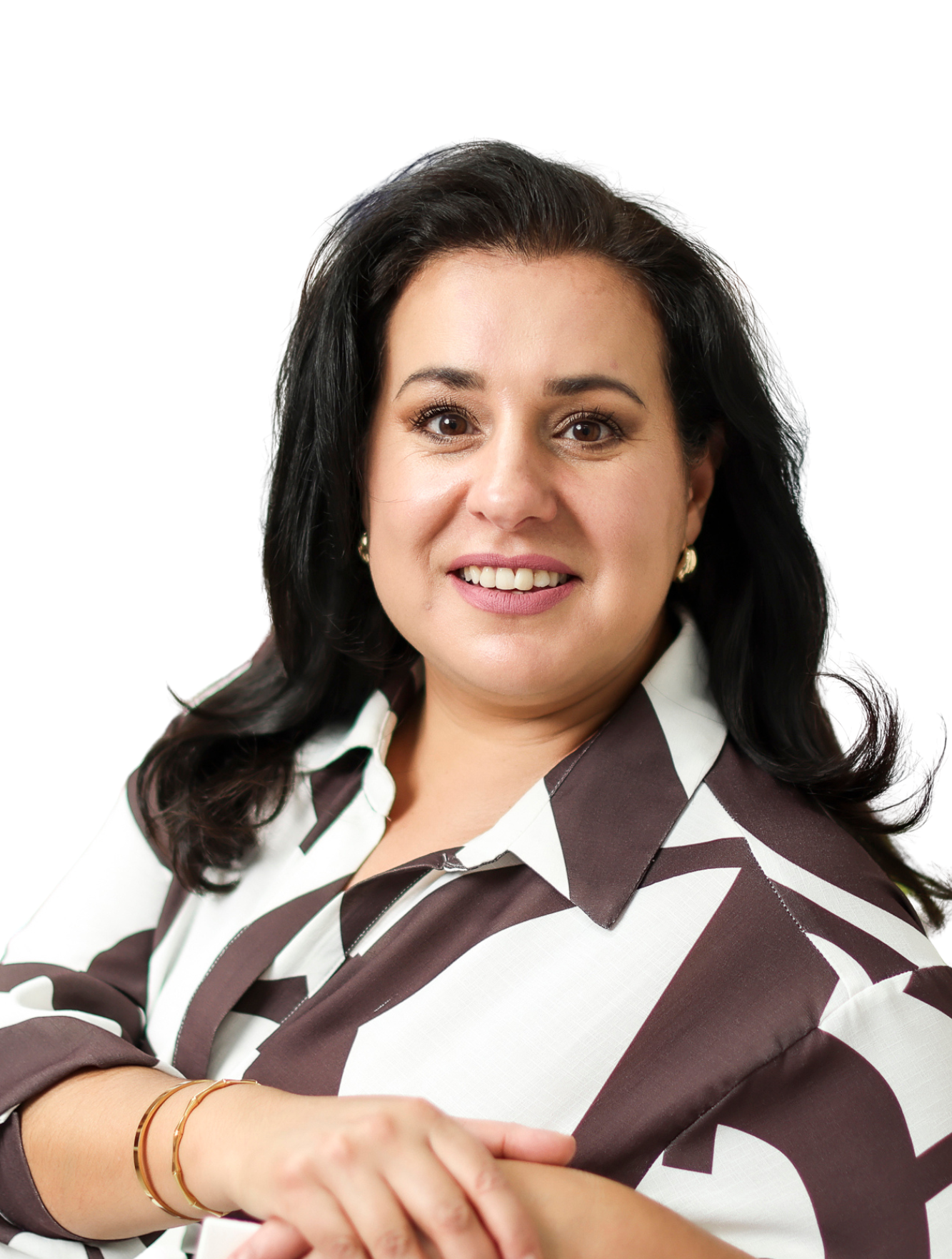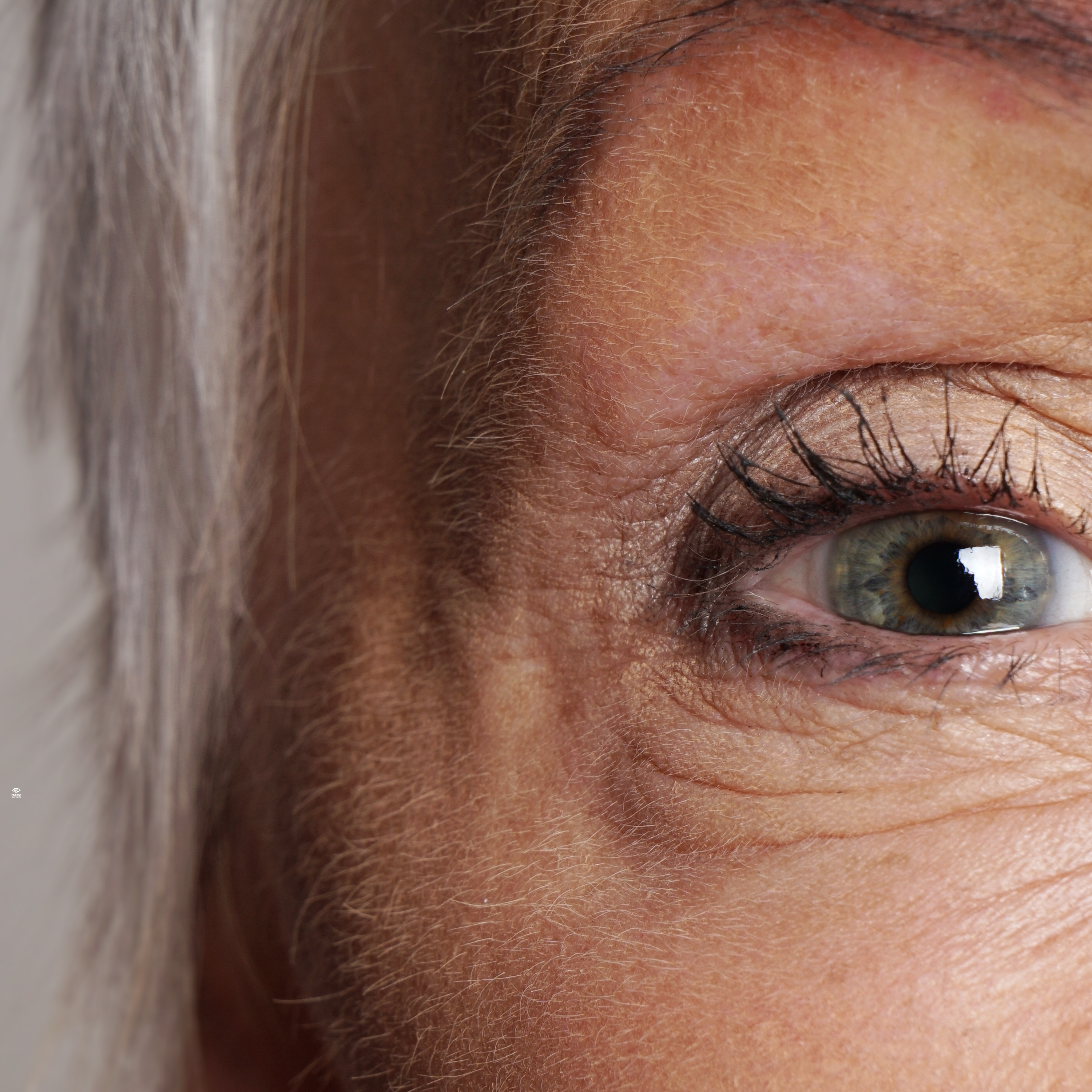30 October, 2023
The Bionic Eye Project

Image Courtesy of Anna Carlile
The 44 Channel suprachoroidal retinal prosthesis was developed in Melbourne and work on this device was continued throughout 2022, when we were delighted to receive a Retina Australia grant which enabled us to advance our work in exploring an updated vision processing algorithm.
Project Participants
Our participants all have end-stage Retinitis Pigmentosa and profound vision loss and our work in this area has been the first steps towards restoring some functional vision to assist them in their daily lives.
Project aim
The study aimed to measure visual outcomes with an updated depth-based vision processing algorithm (VP), known as Local Background Enclosure (LBE) in the four participants already implanted with a bionic eye. LBE was compared to the original intensity-based VP, Lanczos2 which has known shortcomings in the presence of shadows and low contrast environments. This was trialled in both a controlled laboratory environment (obstacle avoidance task, white background) as well as in a real-world environment (novel outdoor streetscape protocol), designed to specifically test low contrast and real-world environments. We also monitored the long-term safety and functionality of the device out to 4 years after implantation as a secondary outcome that is of vital importance to prospective bionic eye recipients.
Project outcomes
The outcomes of this study were critical for optimising this new visual processing strategy and to establish the real-world efficacy of the unique Australian bionic eye. We found that LBE performed better overall than Lanczos2 for navigating an obstacle course seeded with both high and low contrast obstacles. The device also demonstrated application in real-world environments for the detection of everyday objects. Hence, the depth-based method was incorporated into the bionic eye vision processing system to aid navigation. Additionally, the functionality of the bionic eye system and safety and stability of the suprachoroidal prosthesis over a 4-year period was established.
Receiving the Retinal Australia grant translated to real-world improvements for our participants. This work has demonstrated that it is possible to improve VP for use in conjunction with the existing bionic eye to improve everyday outcomes and provided added functionality to existing and prospective users.
We thank Retina Australia for their support and send our sincere congratulations on your 40th anniversary.



